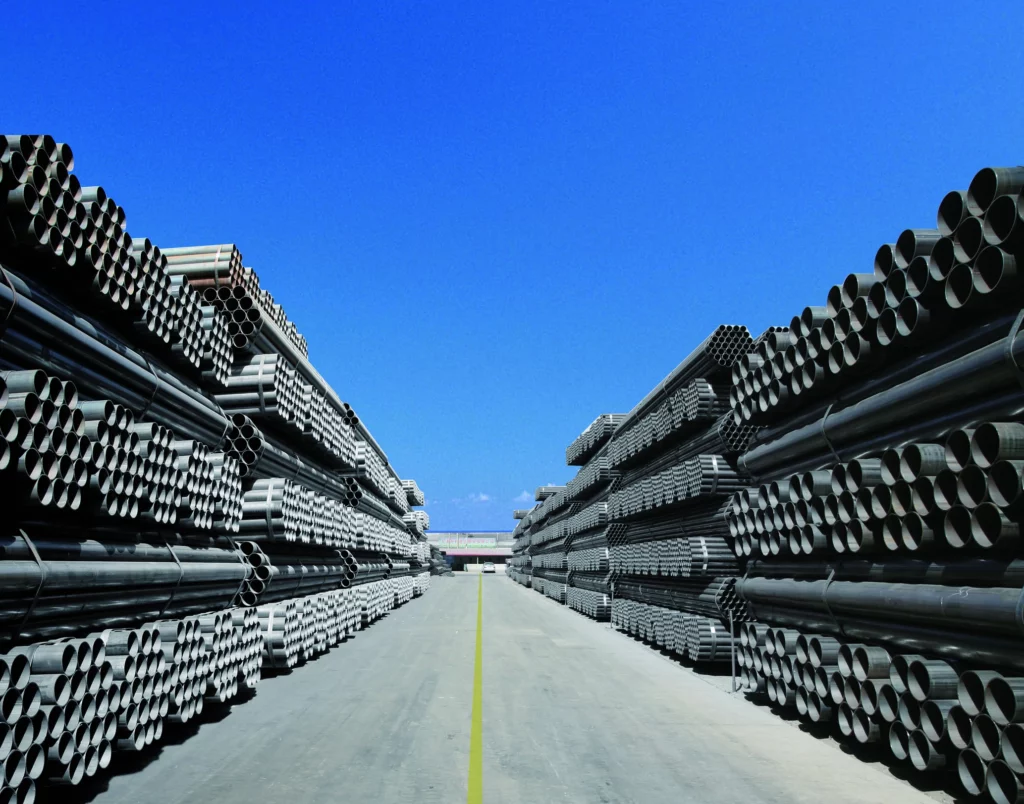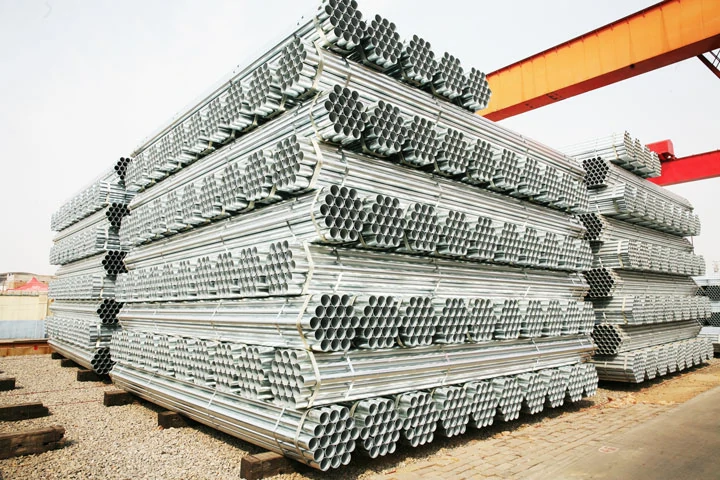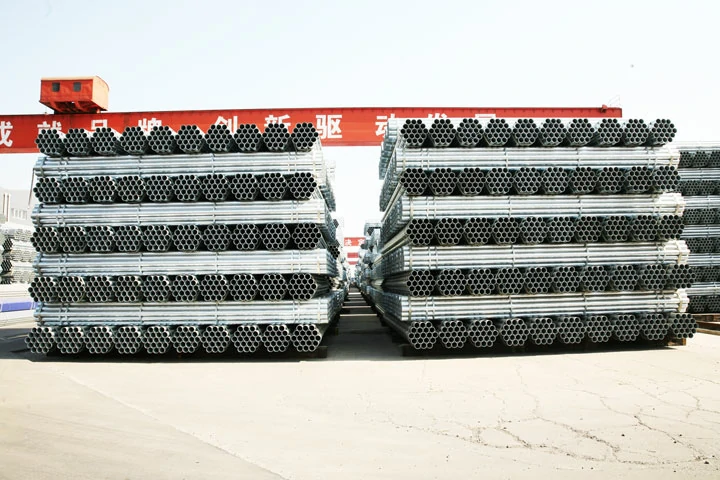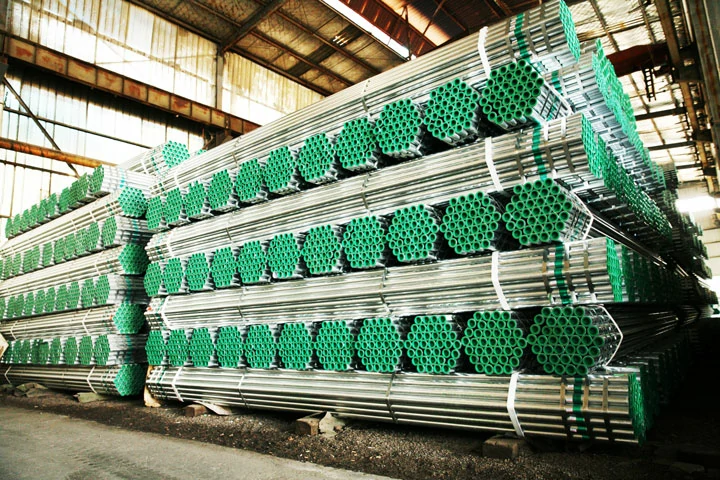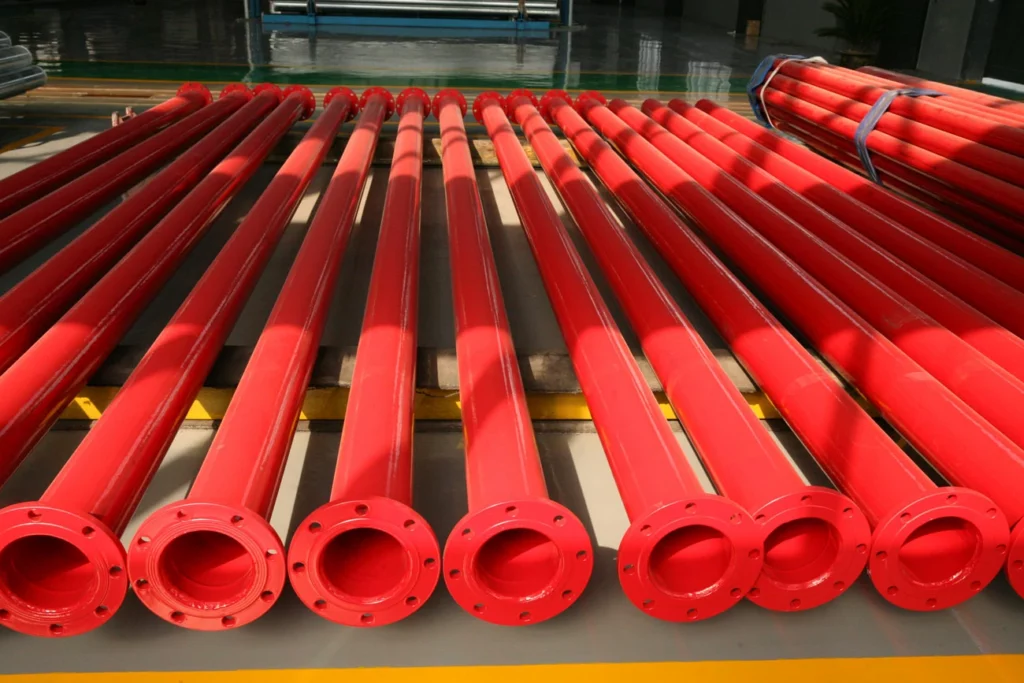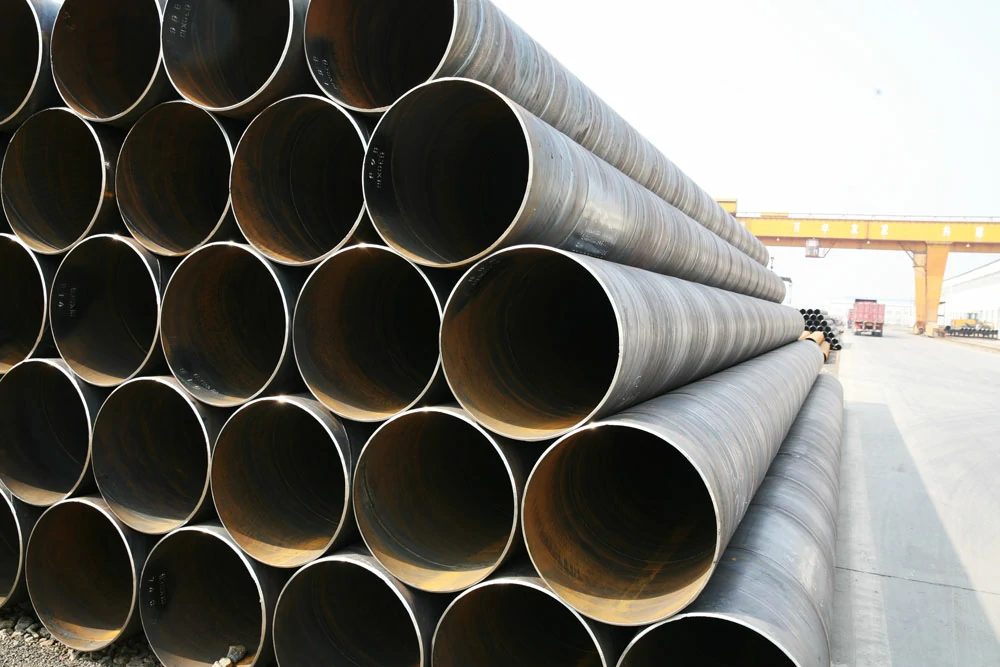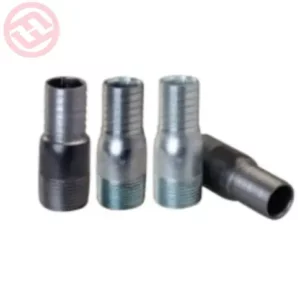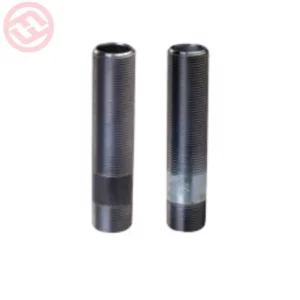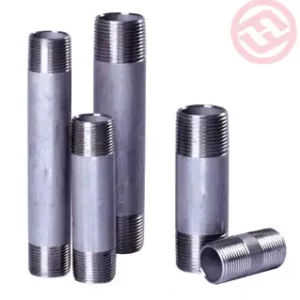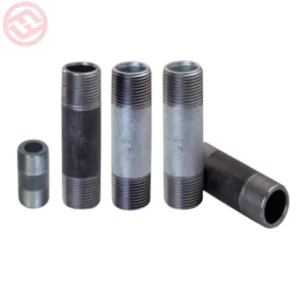Product Description
Product Feature
Item: ASTM ERW steel pipe Type:ASTM A53 ERW steel pipe,ASTM A795 ERW steel pipe,ASTM A135 ERW steel pipe, Certification:UL Listed / FM Approved Standard: ASTM A53, Type E, Grade B / UL 852 Length: 6m / 5.8m / 11.8m / 12m, customized End: Plain (square cut) / beveled to 30° / roll groove as AWWA C606 / NPT thread as ANSI B1.20.1 / BSPT as ISO 7-1 Surface: Red paint / red epoxy resin or polyester / hot dip galvanized / black paint, etc.
Products Details
What's the ERW steel Pipe ? "ERW steel pipe" is straight seam resistance welded pipe, English Electric Resistance Welding, abbreviated as ERW, used to transport oil, natural gas and other vapor-liquid objects, can meet the requirements of high and low pressure, in the world in the field of transportation pipes occupies a pivotal position. 1. The welded pipe is a round pipe welded by steel plate, which is divided into high-frequency resistance welded pipe (ERW welded pipe), straight seam arc welded pipe (LSAW), and spiral welded pipe. In electrical engineering, it is represented by "SC", which can be used as a water gas pipe or a threading pipe, which is relatively thick. 2. Line pipe is also a wire pipe, relatively thin, indicated by "T", can only be used as a threading pipe. 3. ERW pipe is "high-frequency resistance welded steel pipe", which is different from the ordinary welded pipe welding process, the weld is melted by the base metal of the steel strip body, and the mechanical strength is better than the general welded pipe. ERW means resistance welding, resistance welding has the characteristics of high production efficiency, low cost, material saving, easy automation, etc., so it is widely used in aviation, aerospace, energy, electronics, automobiles, light industry and other industrial sectors, is one of the important welding processes. ASTM A53 ERW steel pipe is formed from rolled strip and weld seam, which is dimensionally accurate and lightweight. It can be used for water, steam and air conveyance. It is also weldable and can be used in structural applications.
Product Drawing
ERW steel pipes and Seamless Steel Pipes
The biggest difference between ERW steel pipe and seamless steel pipe is that ERW has a weld, which is also the key to the quality of ERW steel pipe. Modern ERW steel pipe production technology and equipment, due to the unremitting efforts of the world, especially the United States for many years, the seamless ERW steel pipe has been relatively satisfactory to solve. Some people divide the seamlessness of ERW steel pipes into geometric seamlessness and physical seamlessness. Geometric seamlessness is to remove the internal and external burrs of ERW steel pipes. Due to the continuous improvement and perfection of the structure of the internal burr removal system and the cutting tools, the removal of internal burrs in large and medium-diameter steel pipes has been well treated. The inner burr can be controlled at about -0.2mm~O.5mm. Physical seamlessness refers to the difference between the metallographic structure inside the weld and the base metal, resulting in a decrease in the mechanical properties of the weld area, and measures need to be taken to uniformize and uniformize it. The high-frequency welding thermal process of ERW steel pipe causes the temperature distribution gradient near the edge of the pipe blank, and forms characteristic areas such as melting zone, semi-melting zone, overheated structure, normalizing zone, incomplete normalizing area, and tempering zone. Among them, the superheating zone structure due to the welding temperature above 1000 °C, austenite grains grow sharply, under cooling conditions will form a hard and brittle coarse crystal phase, in addition, the existence of temperature gradient will produce welding stress. In this way, the mechanical properties of the weld area are lower than the base metal, and the physical seamlessness is to heat the weld area to AC3 (927 °C) through the local conventional heat treatment process of the weld, that is, the use of medium frequency induction heating device to heat the weld area to AC3 (927 °C), and then carry out the air cooling process with a length of 60m and a speed of 20m/min, and then water cooling when needed. The use of this method achieves the purpose of relieving stress, softening and refining the structure, and improving the comprehensive mechanical properties of the welding heat-affected zone. So far, the world's advanced ERW units have widely used this method to treat the weld, and have obtained good results. High-quality ERW steel pipe not only cannot identify the weld, but also the weld coefficient reaches 1, which realizes the matching of the weld area organization and the base metal. ERW steel pipe has the advantages of using hot-rolled coil as raw material, uniform wall thickness can be controlled at about ±0.2mm, the two ends of the steel pipe according to the American APl standard or GB/T9711.1 standard, trimming end groove, fixed length delivery and so on. In recent years, various natural gas pipeline network projects and gas companies have widely adopted ERW steel pipes as the main steel pipes of urban pipe networks.
Application and Case
Products are used in fire protection system, water system, HVAC system, plumbing, gas system, irrigation system, etc.These products are used in many projects , such as Beijing Airport, Shanghai World Trade Center, Canton Tower and other famous landmark projects



